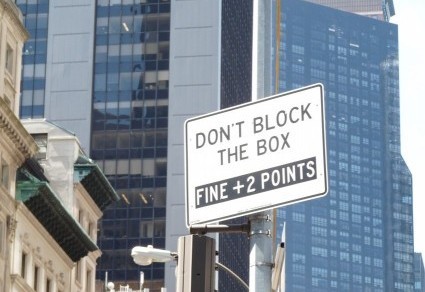In colonial New England, the “necessary” was the room where you took care of necessary bodily functions — in other words, the toilet, restroom, lavatory, bathroom, latrine, powder room — pick your favorite term. (Off-topic but interesting: Why are there so many words for the same place?) The people in charge of these facilities appear to believe that they have to supply information to those who use them, as you see in this sign, which states what I would have thought was fairly obvious:

Okay, is there someone out there who thinks leaving the door open is standard procedure? I should point out that this restroom is right next to the eating area of a small café. You can hear people munching through the closed (and locked) door when you’re inside, and I guess the people outside occasionally hear you. So is a reminder really necessary? Plus, the first statement cries out for a direct object (“before you use the facilities” or something similar). I’d also like to see a period after “Thank you,” which isn’t, I admit, a sentence but seems to need closure.
Onward and ungrammatically upward, as in capital letters:

The sign wants to direct your throwing arm (actually, hand, according to the illustration), but the sign writer throws capital letters around at random. Also note the absence of a period at the end of the sentence — which really is a sentence.
One more:

Aren’t restrooms constructed for “conducting personal hygiene practices”? Isn’t that the whole point? This beauty, by the way, sat atop a sink. I washed my hands anyway. I hope everyone else does, too. It’s necessary.









